To wrap up the 2020 Outdoor Economy Conference, we talked about what ties together every other workshop: how to build better outdoor communities. Hear from the experts everything you need to know, from how to build partnerships to how to make the most of data. This workshop is packed with can’t-miss information and resources, so read on to find out more.
If you purchased tickets to the 2020 conference you’ve been emailed the password to access the videos.
Need help? Contact [email protected] for more info.
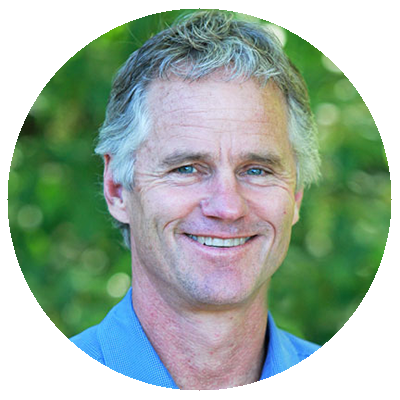
Ray Rasker, Headwaters Economics
“People want to live close to outdoor recreation.
It’s not just for tourists, it’s for those of us
who live in the community.”
– Ray Rasker
There’s more to the outdoor economy than tourism. When it comes to thinking about outdoor spending, a lot of people start and end the conversation with tourism. But there’s so much more to consider. Ray Rasker breaks down 8 different ways to look at the outdoor economy — from job creation and business attraction to an improved quality of life for residents.
It’s a big business. The Outdoor Industry Association’s consumer spending survey reported $887 billion in consumer spending on outdoor activities annually.
People are willing to spend a lot of money on gear, travel and whatever else they need to get outside. It’s responsible for 5.2 million jobs across the nation — that’s more than hospitals. And to top it all off, it accounts for 2.2% of GDP — more than mining, legal services, education spending, or air travel. That’s proof that the outdoors is a serious part of the economy.
People want to live in outdoor communities. Outdoor recreation communities are booming right now. People don’t want to just vacation near outdoor assets, they’re looking to live in places that allow them to get out in nature everyday. They’re seeing higher rates of migration than other communities, and many companies are advertising their location as an asset for job recruitment.
It isn’t always easy, and you have to plan ahead. Being an outdoor community has tons of benefits, but there are a few downsides, too. A big one? Affordable housing. Like any high growth area, outdoor recreation communities struggle with affordable housing big time. Rasker tells us about some creative solutions he’s seen, and discusses the importance of making a plan before housing becomes a problem.
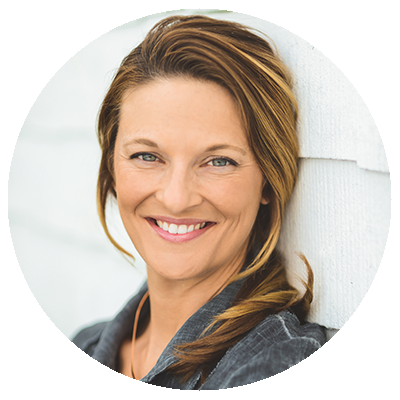
Dr. Melissa Weddell
Appalachian State University

Paula Avery
West Marion Community Forum

Mary Snow
Equitable Community Strategies
“I believe that access to the outdoors and clean water and air is a basic human right. It is the heart of our democracy” – Melissa Weddell
Pay attention to who’s not at the table. When you’re building an outdoor community, you have to understand who’s historically been left out. Everyone has something to bring to the table, and we should be working to make sure everyone has a chance to be heard. As Melissa Weddell said — if everyone you work with looks like you, you need to branch out.
“It takes a village. It takes all types to make the world go round.”
– Paula Swepson Avery
Let the community lead. Paula Swepson Avery didn’t realize it was even an option to have a say in your community until someone asked what her vision was. You can’t come in from the outside and just do what you think should be done — the community should have a say in their future. Empowering communities to make the changes they want and need is the path forward, and community leaders are the people who can make it happen. Projects with community buy-in are more successful — like when community members in Marion, NC rallied to get a local transportation department established.
No two partnerships are the same. Just like communities, every partnership is different. Melissa Weddell discussed some of the strengths and challenges associated with different elements of partnerships. Working within the public sector gives you stable infrastructure and public legitimacy, but is chronically underfunded. The nonprofit sector has more financial flexibility, but comes with its own challenges.
Partnerships can be messy. Traditional leadership might not understand what you’re doing right away. New methods of community building may seem scary to those who are set in their ways, but it’s important to have conversations about the benefits. Everyone’s goal is the same: thriving outdoor communities. It may take some time to get everyone on the same page, but nothing worth doing is ever easy.
Learn more with a community toolkit. Mary Snow and Paula Swepson Avery gave us a first-look at their new book, Shift Happens in Community: A Toolkit to Build Power & Ignite Change. They’re passing along the lessons they’ve learned in community transformation and sharing valuable resources to build better outdoor communities.
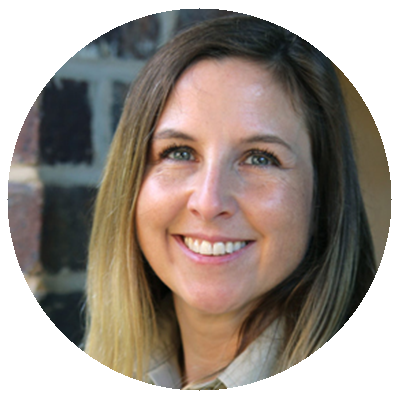
Dawn McCarthy
White Mountain National Forest
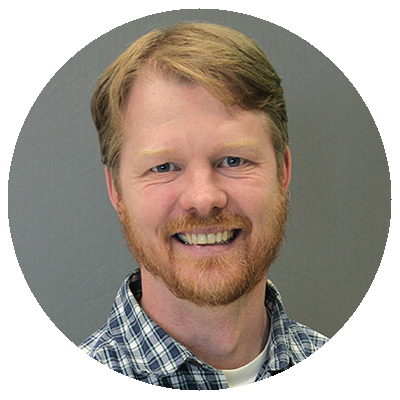
Danny Twilley
West Virginia University
Find out what you need to make your case. Before you start reaching out to funders, do your research. Knowing what different funders look for and how to speak their language will not only save you time, but prove you know what you’re talking about. For instance, federal funding will take a lot of time and they’ll be looking for lots of information and data up front. Applying for those grants will likely look different than the process to apply for smaller, private funding. The more work you put in up front, the more successful you’ll be in the long run.
What problems can you solve? Take a look at the problems communities are facing, and see how your plan can be a solution. Set specific goals to guide you through the process and measure your success. Danny Twilley and Dawn McCarthy set out to build trails in Athens County, Ohio, and address community issues like health and sustainable economic development. By knowing their goals from the start they were able to strategically plan the trails in an area without much existing access where they’ll have the most impact, and the result is the remarkable Bailey’s Trail System.
How does your idea fit into existing plans? Look at federal and local plans to find framework and guidelines of similar projects. This helps you out in two ways: you can make the language of your proposal match the language of what they’re asking for, helping them understand just how great your idea really is. It also makes sure you know exactly where you fit into the work that’s already being done.
Make the data accessible. Let’s face it: data can be confusing. Especially if the people you’re pitching to are busy and don’t have the time to go through your detailed ten-page report. You have to know how to make your data accessible and easy to understand. Distill the big points into a single-page document that anyone can understand, with no degree in statistics required.
It’s the outsiders who need convincing. People within the outdoor industry already understand why this work is so important — they’re not who we need to convince. Using data to prove the positive impacts of outdoor recreation is a great way to get people on board who might not have personal experience with the life-changing power of the outdoors.
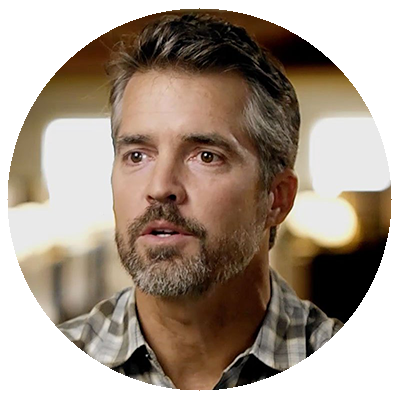
Robert Prioleau
Blue Ion / Outpost
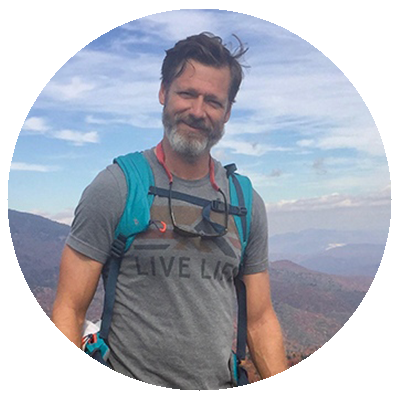
Graham Averill
Freelance Journalist
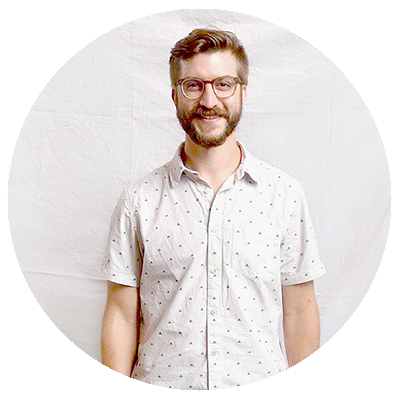
Jeremy Elrod
Blue Ion / Outpost
“What you’re made if is ultimately more important than what you make.”
– Robert Prioleau
Dig below the surface. There’s always more to a story, and a community, than what you see at first glance. Look beyond the obvious assets to really get at the heart of a community, and tell their story well. Journalist Graham Averill did an amazing job breaking down the best ways to find and tell a great place-based story.
You can’t fake a good story. People crave authenticity, and they can see right through your story if it isn’t. You also can’t fake or skip out on conflict –it’s what draws a reader in. That’s why it’s so important to put in the work and find those stories that exist at the core of every community. If you can uncover an authentic story, it will practically write itself.
“Who” matters more than “what.” A community, at its core, is about the people. Even the most beautiful areas, with great hiking trails and recreation infrastructure, are nothing without the people who live there and make it all happen. To tell a truly great story, look beyond the “what” and find the people are working to make their community a better place. Without people, the story falls flat every time.
“What makes a community great is the people who live in that community.”
– Graham Averill
You don’t control your brand. Robert Prioleau explained that your brand is the story other people tell about you. You don’t own it — they do. But you do get a say in how you’re perceived: branding is the actions that influence the stories people tell. The folks at Blue Ion shared some great tips and tricks to create your own place-based brand, with Jeremy Elrod breaking down the steps to telling your brand story, from creating guidelines to tracking analytics to see what works.
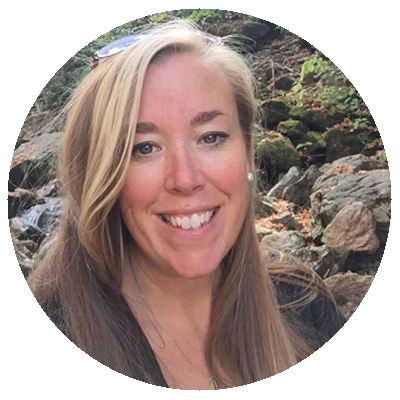
Amy Allison
North Carolina Outdoor Recreation Industry Office
“We have to have access to healthy public lands to have a strong, thriving outdoor recreation economy.”
– Amy Allison
Healthy lands should be our top priority. Amy Allison told us all about the new Outdoor NC initiative. Visit NC, the North Carolina Outdoor Recreation Industry Office, and Leave No Trace have teamed up to create principles for recreating responsibly in North Carolina. With guidelines designed with the specific issues public lands are facing, and consistent messaging across the state, the initiative is a huge step towards protecting our public lands.
Now is the time to take action. Public lands saw a huge increase in use recently. Some NC park’s had more than twice as many visitors in 2020 than they had in 2019. More people getting outside is great news for the outdoor industry, but it can come at a cost. Overuse of public lands can have serious consequences. Responsibly using these lands now will ensure they’ll still be around for future generations to enjoy.
“If we don’t take care of public places now, we’re not going to have them
and we’re not going to be able to have those same experiences.”
– Amy Allison
Share the love. While some trails and parks are seeing a massive influx of visitors, others are underutilized. There are plenty of outdoor spaces to go around, but the most popular ones are at risk of being lost due to overuse. Dispersing use across all the outdoor spaces available means that we can protect the land and find some great new places to explore
If you purchased tickets to the 2020 conference you’ve been emailed the password to access the videos.
Need help? Contact [email protected] for more info.
Working Together to Ensure a Vibrant Future for the Outdoor Economy and Our Outdoor Communities.